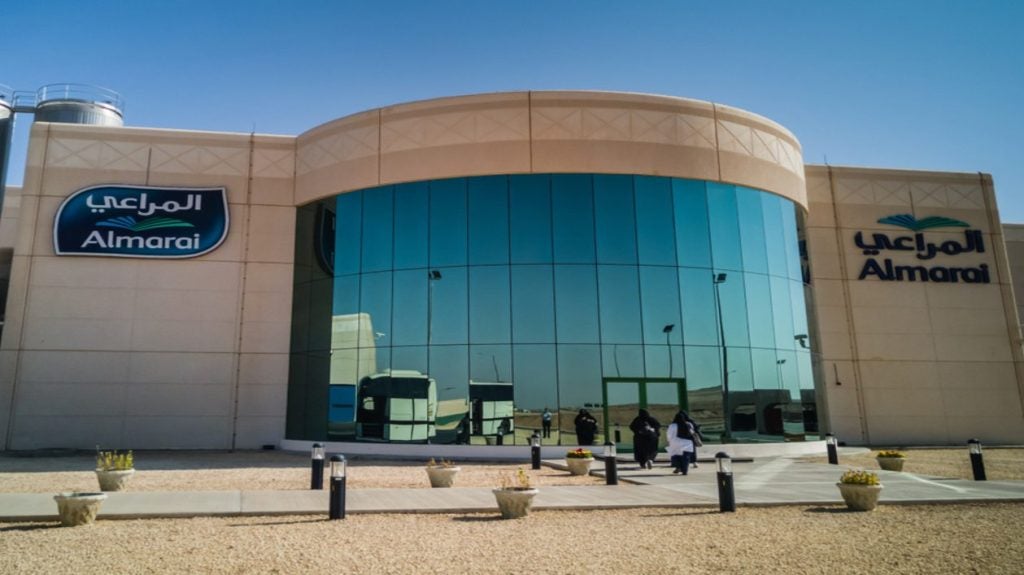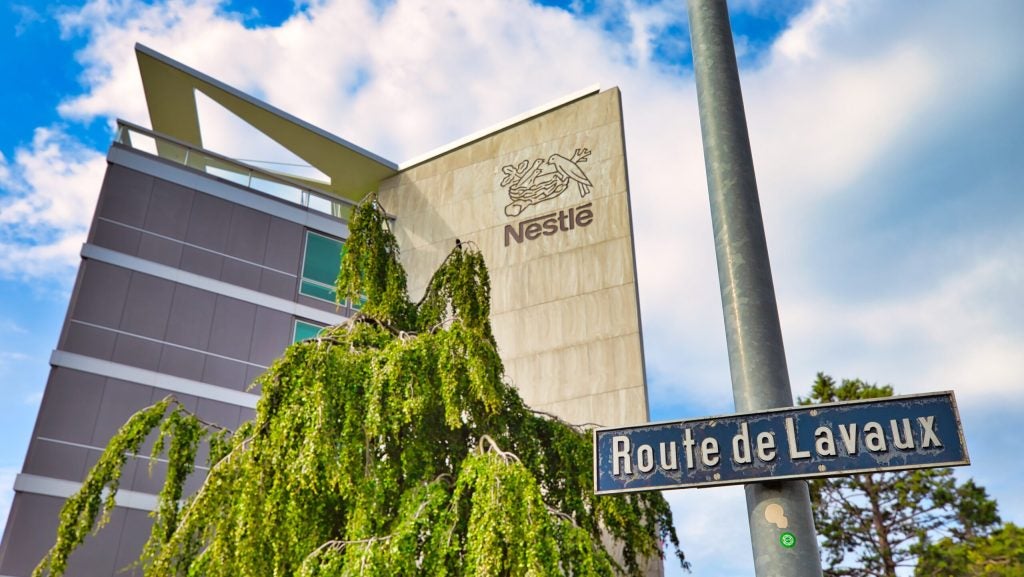McCormick & Co. has increased its projection for gross margin improvement but the end result for the year will still lag pre-Covid levels.
The US-based sauces, spices, and seasonings maker now expects the margin recovery over 2022 to be 110-140 basis points higher, compared to a prior projection of 50-100 basis points.
CFO Mike Smith said that puts the endpoint at around 37% for the current financial year as he discussed third-quarter results yesterday (3 October) alongside newly installed president and CEO Brendan Foley.
New York-listed McCormick & Co. recorded a print of 35.8% in fiscal 2022, down 370 basis points from the previous 12 months, as the business endeavoured to recover input-cost inflation. The trajectory envisaged for this year compares to the 150-point third-quarter increase to 37% and a 130-point rise to 36.7% for 2023 so far.
Pre-Covid, gross margin stood at around 40%, Smith said, but the company is “building back”.
Pricing is expected to be the main driver of that recovery, along with cost savings programmes and portfolio optimisation, Smith explained, although those benefits will be “partially offset by the anticipated impact of a low-to-mid-teens increase in cost inflation”.
He added: “It also reflects more than offsetting cost pressures with pricing actions as we recover the cost inflation our pricing lagged in the last two years.”
Foley said during his presentation: “We remain focused on improving our margins over the long term and believe that our recovery will be a continuous build. And we expect to return to historical levels and believe there is a runway beyond that, recognising it will take some time.”
The new chief reiterated the “sequential” improvement McCormick & Co. is seeing in volumes that he talked about at the Barclays Global Consumer Staples Conference in September but a slower-than expected recovery in China from Covid is having a drag to some extent.
China was a discussion topic in yesterday’s Q&A session, with Foley outlining a longer-term commitment to the world’s second-largest economy.
“Despite the pace of recovery in this business having been slower than expected, we continue to believe in the long-term growth trajectory of that business. When you step back, on a constant-currency basis, we are growing this business. Versus a year ago, we've grown sales in the high single-digits.
“Even despite the volatility since 2019, we've grown our total China business at a 3% CAGR on a constant-currency basis, which is kind of in line with the long-term algorithm.”
In the third quarter, McCormick & Co. initiated pricing of 8%, with group volume and mix declining 2%. On the consumer side, the company’s retail segment as opposed to flavour solutions serving foodservice, pricing was 5% against a volume drop of 4%.
China had a negative impact on group volumes of 1%, Foley said, while a further 1% decline was related to the disposal of the Kitchen Basics business last year, along with McCormick’s exit from Russia and the “pruning of low-margin business to optimise our portfolio”. Otherwise, total volumes were flat.
Foley noted the disposal of a canning operation in Italy from its Giotti food solutions business but the divestiture had no impact on McCormick & Co.’s third-quarter numbers.
However, Smith added: “We expect this divestiture to impact EMEA flavour solutions by approximately 3% starting in the fourth quarter of 2023 through the third quarter of 2024.
“For the total flavour solutions segment, we expect an approximately 1% impact, and for the total company, less than 1%,” although the CFO said for 2023 the disposal will have a “minimal impact on total company sales”.
Foley signalled M&A is back on the horizon as McCormick & Co. tweaked its adjusted earnings per share guidance for the year to a $2.62 to $2.67 range, up from $2.60-2.65 previously.
The sales growth outlook was left at 5-7%.
McCormick & Co.’s last major foray into the acquisitions market was in 2020, when the company snapped up the hot-sauces business Cholula from private-equity firm L Catterton.
“A third of our 4% to 6% long-term growth algorithm is M&A,” Foley said. “I think as assets come up that are attractive, whether they're consumer, flavour solutions, domestic, US, international, you know, we really look for things that don't dilute our sales growth.
“I think we’re getting back to where we want to be to enter back in the M&A market.”















